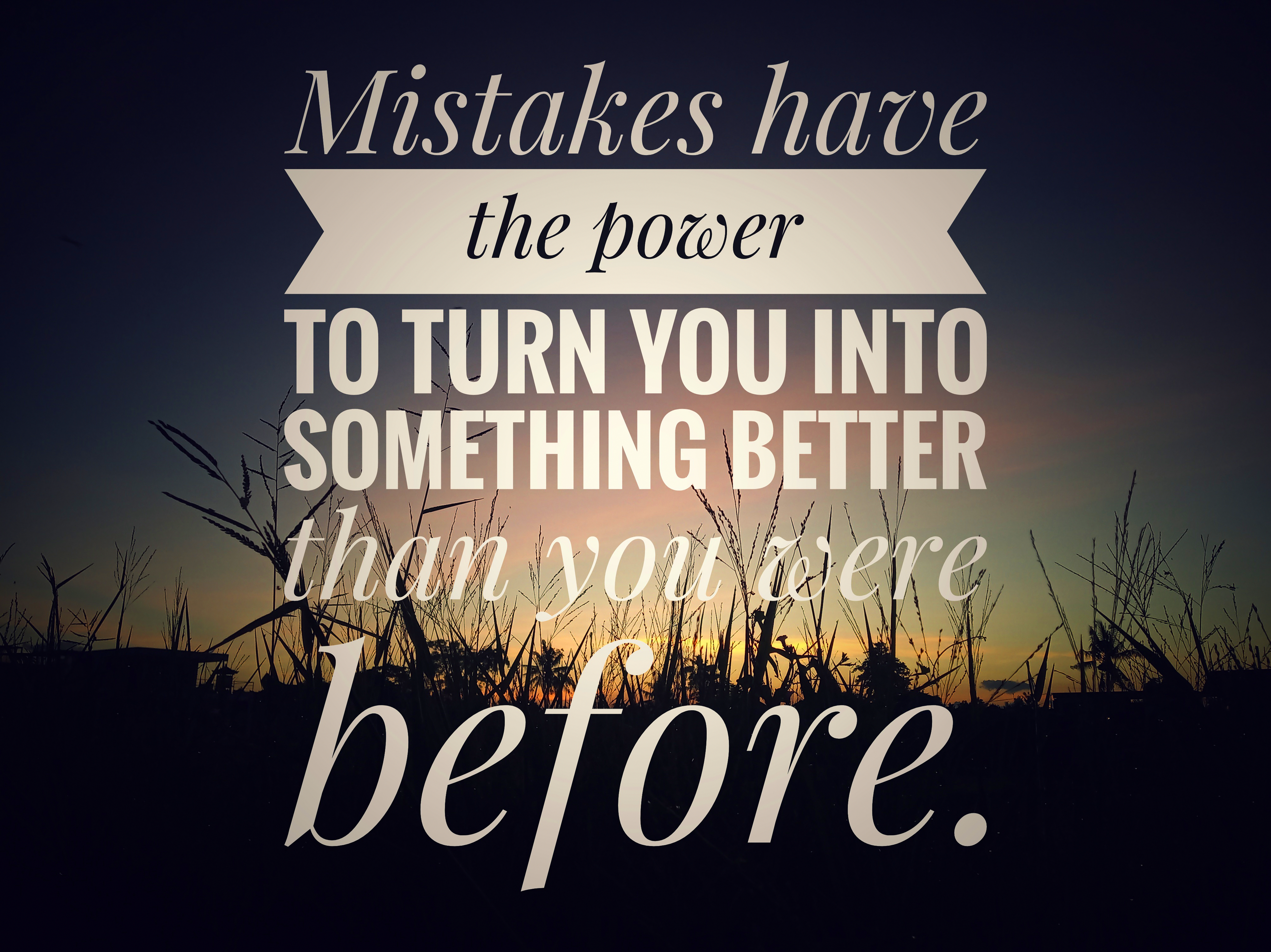There is a direct connection between your thinking and your performance as a leader

I can still remember, over 30 years ago, the first time I coached a team to breakthrough success. We won every event at the national championships. It was an amazing feat and at first, I felt so proud. Everyone kept commenting on how well positioned we were for a repeat performance at the next year’s world aquatic championship trials. We were a shoe-in. And, that was exactly when my fear and doubt set in.
That next September when the new season started, on the surface, everything seemed fine. I’d faithfully show up at work every day, well prepared. But inside I was consumed with negative thinking and self-doubt. For the entire year, I kept asking myself, “How could we possibly repeat that success”? Suddenly, the stakes seemed so much higher, the pressure enormous. I worried about how embarrassed and humiliated I’d be when we failed to repeat our success. I thought about how badly I’d feel for the athletes when they didn’t do as well as expected.
Did we lose? You bet we did!
Here’s what happened. I never made the connection between my thinking and my coaching performance. In fact, initially, I blamed the judges. The beauty of being in a subjective sport is that you can always blame it on the judges! But in the end, I had to face the truth: Most of the blame lay with me. My negative thoughts were the major reason we had lost. So why didn’t I just change my thinking? I couldn’t. I wasn’t even conscious of what was going on in my head until it was all over.
My thoughts were driving my actions and I didn’t even know it. I quite literally coached my athletes to lose! And, did a really good job of it. Our team did not qualify to represent Canada at the World Aquatic Championships and I was the main reason why. They wouldn’t have a chance to make it to the World’s for another 4 years.
Had I been more aware during that fateful year, I could have found ways to reframe the fear and worry, to change my thinking to be more empowering. That, in turn, would have improved my ability to connect the athletes to their full potential. Instead, I found myself getting angry easily during training, taking out my fear of failing on the athletes. I would berate them for making mistakes. I constantly focused on how bad things looked and how we would never win if we were swimming like this. In turn, everything the athletes did just reinforced my ‘hidden’ mindset that we were going to lose.
My behavior had a profound impact on the day-to-day performance of the swimmers. More than ever before they called in sick, or seemingly didn’t put in 100% effort into the training sessions. And that only made my fear and panic worse. Which in turn, weakened the athletes’ performances. It became a self-fulfilling prophesy. In my mind, I couldn’t see us winning. Negative thinking led to bad decision and subsequent actions, which led to disappointing results. It was a very tough lesson to learn.
So, this story isn’t just confined to athletic performances where a coach loses it. We see similarities all the time in the workplace. We can probably all think of situations we have been in where simply from a lack of awareness, a manager or boss has not been able to bring out the best in the people they are leading.
Don’t you be that underperforming leader!
En route to getting what we want, most of us focus on what we must do and pay little attention to what we are thinking. It is important to remember that what you do and how you do it are direct products of what you think about.
To get you started on using your thoughts in an empowering way for yourself you must first get in tune with what you are thinking. Here is something we call the WAIT tool to help get you started. It’s really simple however it only works if you practice. Here’s how:
Several times a day just stop what you are doing and say to yourself WAIT. And WAIT stands for What-Am-I-Thinking? Then spend a few minutes to reflect and observe your thoughts as you bring them to the surface. Keep a thought inventory to track your thinking, identifying whether they were empowering, limiting or neutral thoughts and any comments you might have. When you do this 3-4 times a day for a week, you will be able to make some interesting observations. Look for things like, any recurring, constant thoughts you might have; do your thoughts vary depending on the time of day; do they tend to be negative or positive thoughts; do they change depending on your environment and who is around you.
This exercise is the first step in learning how to use your thinking in a positive, empowering manner for yourself and those you are working with.

